Even the most devoted Formula One fan would struggle to explain Gerald Butler's relevance to the sport. He didn't start in a single race, indeed, there's no evidence he ever attended a grand prix.
But for a brief period in 1991, His Honour Gerald Butler QC was the name on everyone's lips, and one of the men who played a pivotal role in Michael Schumacher's debut, 30 years ago today.
In a sport where you expect the unexpected, this just about takes the cake. In the two weeks between the Hungarian and Belgian races, Jordan driver Bertrand Gachot appeared in court, charged with assault and possessing a prohibited weapon, in a case that dated back to the previous December.
Gachot had been involved in a minor traffic accident with a London taxi, and when a altercation ensued, the Belgian sprayed the taxi driver with tear gas that he kept in his car for emergencies.
Still, the 28-year-old wasn't sufficiently worried, expecting that his appearance before Judge Butler would result in nothing more than a fine, or maybe a suspended sentence. It was nothing more than a nuisance, something to be dealt with before a planned tyre test at Monza.
Not quite.
"Possession of a CS gas canister is in itself a serious offence," Judge Butler told Gachot.
"When you use it as you did on the streets of London to spray into the face of a man who, I am satisfied, had offered you the most minimal violence, the only possible course I can take is an immediate custodial sentence."
And with that, Gachot found himself heading, not to Monza, but to Brixton prison for 18 months.
"It was such a preposterous sentence that we thought it would be irrelevant," team owner Eddie Jordan wrote in his autobiography, An Independent Man.
"The feeling was that an appeal would be successful, if only because of how imprisonment would affect his job and his career."
The appeal was partly successful, and the sentence was halved, but nine months in prison meant Jordan was on the lookout for a new driver.
Keke Rosberg, the 1982 world champion, was mentioned, despite the fact he'd retired in 1986. Derek Warwick was another, as was Stefan Johansson, who had driven for Ferrari and McLaren in the mid-1980s.
"Stefan was my choice," Jordan wrote.
"But, since he wanted to be paid, I kept looking."
Jordan is notoriously tight with his money at the best of times. That wasn't going to change with his team on the brink of bankruptcy in its first year of F1. Despite the fact Johansson had known Jordan since the pair were teammates in Formula Three in 1979, he was out.
In truth, the Swede was never seriously in the frame, telling Wide World of Sports earlier this year that he never even had a conversation with Jordan, even if the Irishman later claimed that he was the top candidate for the drive.
"He must have kept it a pretty close secret, because he never told me about it!" Johansson laughed.
"Eddie is a really good mate, we spent a lot of time together, but I don't think I was ever really on the cards."
One company that was happy to stump up some cash was Mercedes. They paid Jordan around $280,000 (approximately $570,000 in 2021 terms) for their driver to have a one-off test in the car, followed by an appearance at the Belgium Grand Prix.
The man they had in mind? A young German named Michael Schumacher.
James Allen's 2007 biography of Schumacher, The Edge of Greatness, notes the significance of that week.
"By virtue of what it signified for the sport, Schumacher's debut at Spa in 1991 is one of the landmark moments of Formula 1 history," he wrote.
"Fittingly for a man who went on to win seven world titles and thus become the most successful driver ever, his was a spectacular entrance.
"Schumacher stood out immediately for his quality and for the thoroughness of his approach."
But a little subterfuge was required to get Schumacher on the grid. Aware that the Spa-Francorchamps circuit is one of the most demanding on the calendar, Jordan asked Schumacher's manager, Willi Weber, if the 22-year-old Schumacher had raced there before. Of course, Weber replied, pointing out that Schumacher lived only an hour from the circuit.
The truth was, he'd never even set foot on the track.
"When I discovered that we were planning to put a novice in one of our cars, I was very upset because Michael had misled me," Jordan wrote.
"Spa's Eau Rouge is one of the most daunting corners in F1.
"I was concerned enough to think that I probably would have preferred Stefan to drive the car had I known that Michael had not been there before."
Any doubts about Schumacher's ability were quickly dispelled when he tested the Jordan car at Silverstone a week before the Belgian race. It was his first time in an F1 car, and the team felt compelled to call him into the pits after five laps to ask him to slow down, while Schumacher wondered what all the fuss was about.
He completed 33 laps that day, setting a quicker time than the team's regular driver, Andrea de Cesaris, a veteran in his 12th season of F1.
While the motorsport world wasn't privy to the times from that Silverstone test, they soon learned that Schumacher was something special.
During Friday qualifying in Belgium, the German was eighth fastest, nearly a second quicker than de Cesaris in the same car, and he improved to seventh the next day. To put that into context, the six drivers in front of him – Ayrton Senna, Alain Prost, Nigel Mansell, Gerhard Berger, Jean Alesi and Nelson Piquet – would finish their careers with 11 world championships and 157 race wins between them.
The F1 world went into full meltdown, and a star was born.
"None of us could believe what Michael had done. I would go so far as to say that this probably was the biggest surprise I had during my time in F1," Jordan wrote.
"I do not recall anything that blew me away so much."
Jordan designer Gary Anderson was equally impressed.
"The thing that impresses me is that he hasn't even worked up a sweat," he said after qualifying.
He didn't work up a sweat in the race either, but for an entirely different reason. He was sixth exiting the first corner after passing Alesi, but that was it. The clutch was gone, and he coasted to a halt, his first race over after about one kilometre.
"It was our fault," team manager Ian Phillips said in The Edge of Greatness.
"We never did a practice start with him and he was just massively over-enthusiastic. He was so up for it, confidence flying and he thought he could make up five places at the start."
It was to be the only race Schumacher ever drove for Jordan. It was an open secret that the team would be switching from Ford to Yamaha engines for 1992, by virtue of the fact that the Yamaha deal would be free, and Jordan was all but bankrupt. The problem being the Yamaha engine program was, putting it politely, struggling.
"We knew at the time that Jordan was going to get Yamaha engines and we felt that this would be catastrophic," Schumacher said in The Edge of Greatness.
Schumacher had signed a letter of intent to continue with Jordan, but in typical F1 fashion, that wasn't worth the paper it was written on. Benetton simply told their contracted driver Roberto Morena that his services were no longer required, and Schumacher was signed in his place.
It all hinged on one word in the letter of intent between Jordan and Schumacher. The German's lawyers had changed the wording from "we will sign the contract" to "we will sign a contract" meaning Schumacher was not legally obliged to sign "the" racing contract.
"I could not believe how underhand they had been," Jordan wrote.
Moreno took out an injunction against the Benetton team prior to the Italian Grand Prix, on the basis he had a legal contract in place to drive the car. A judge in Milan found in his favour, which is when Bernie Ecclestone stepped in.
No doubt recognising Schumacher was the future of the sport, Ecclestone negotiated a payout of $700,000 for Morena (about $1.4 million in today's terms) who, to be fair, was little more than a journeyman, and Benetton had the man who would deliver them world titles in both 1994 and 1995.
And what of Bertrand Gachot, the driver who started the whole merry-go-round? The Court of Appeal reduced his sentence to two months, and he was released in time for the final race of 1991, where he replaced the injured Eric Bernard in the struggling Larrousse team in Adelaide.
Sadly for Gachot, the prison sentence ruined any chance he had of a successful F1 career, and after a couple of seasons in uncompetitive cars he disappeared from the scene.
Judge Butler, meanwhile, returned to the relative anonymity of Southwark Crown Court, where he remained the senior judge until his retirement in 1997. He died in 2010 at the age of 79.
For a daily dose of the best of the breaking news and exclusive content from Wide World of Sports, subscribe to our newsletter by clicking here!
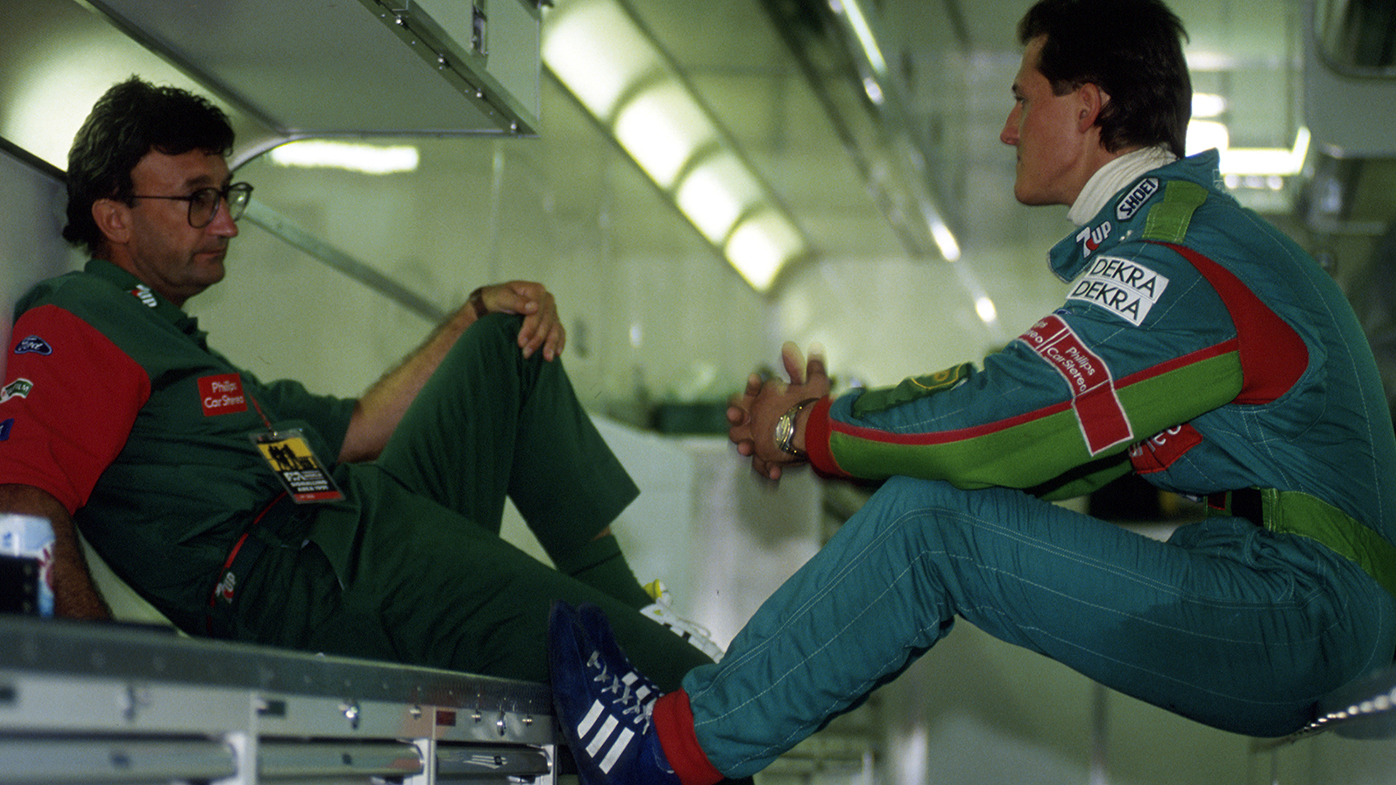
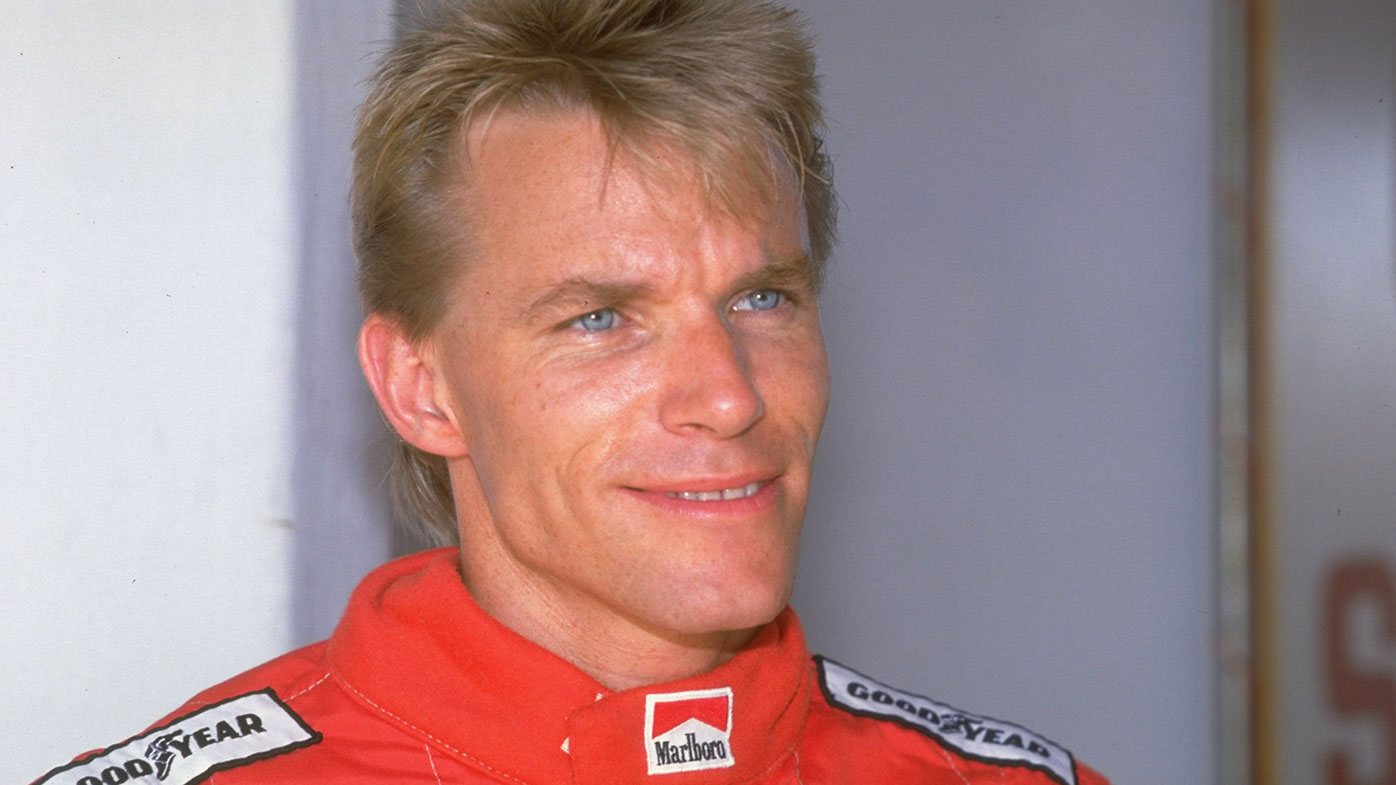

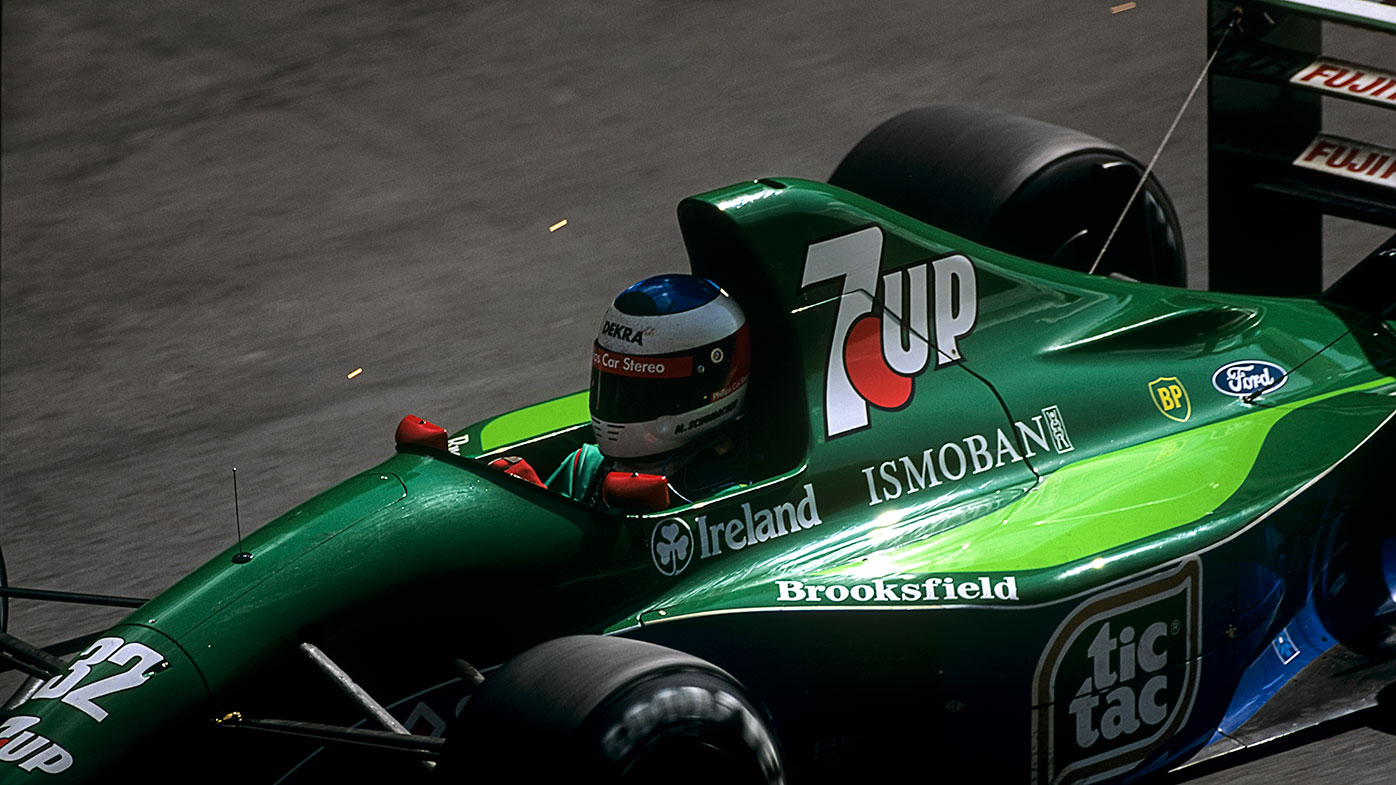
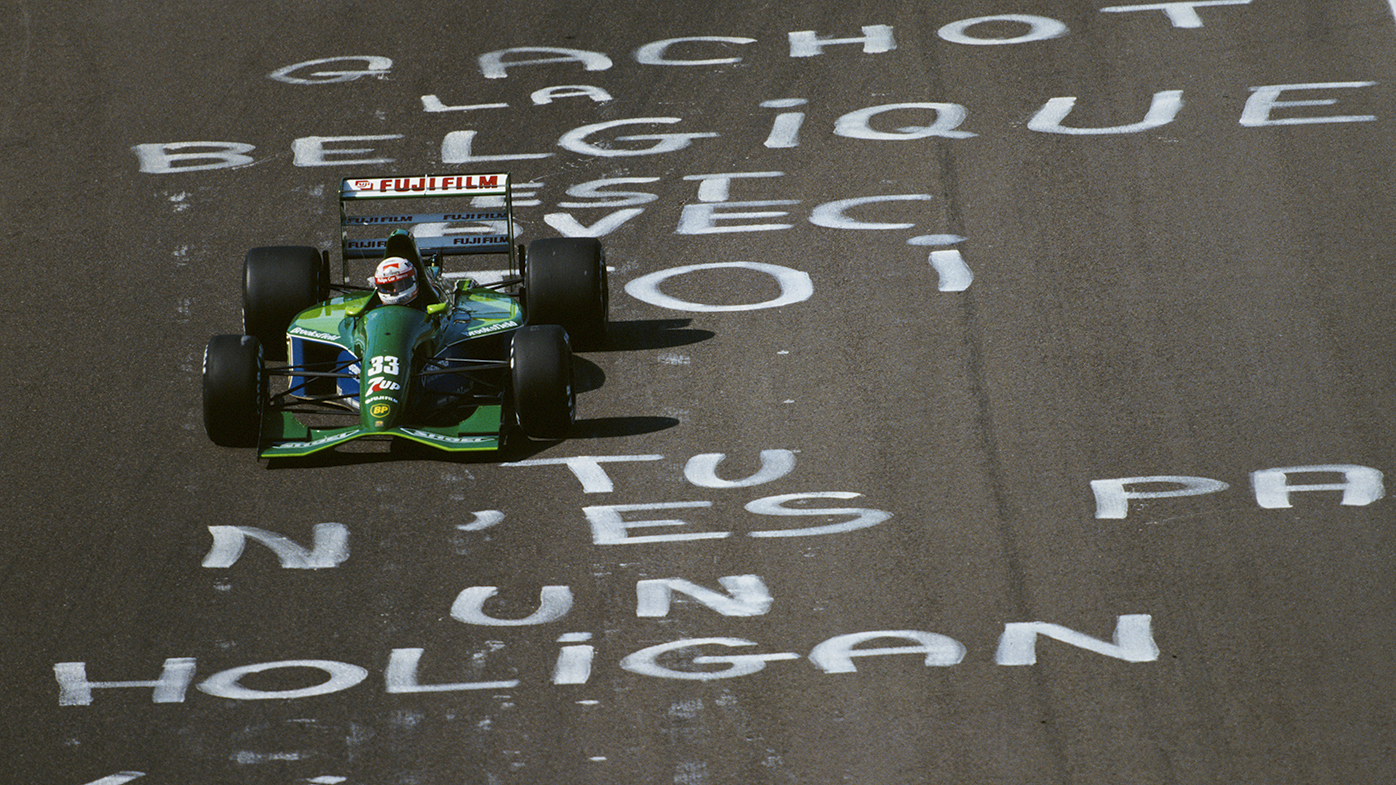
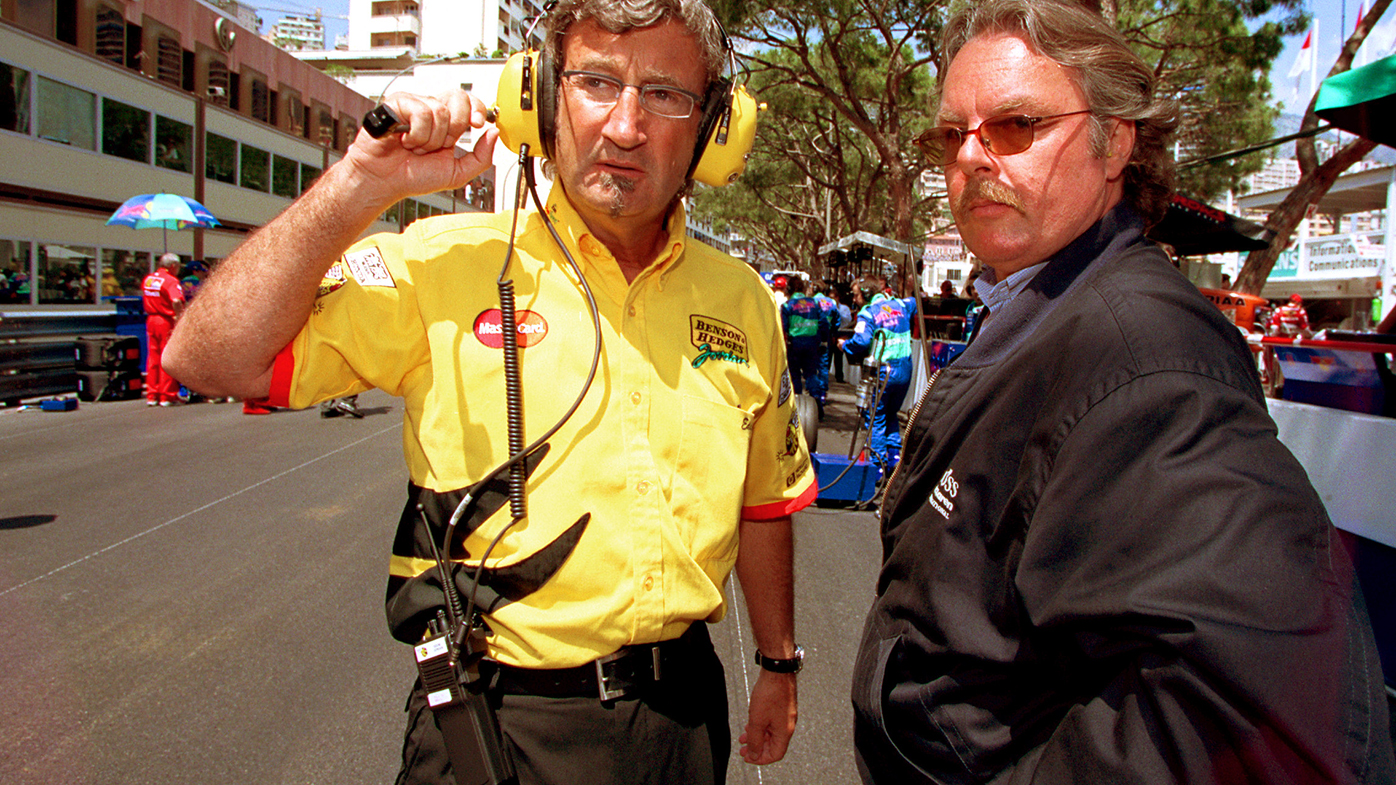

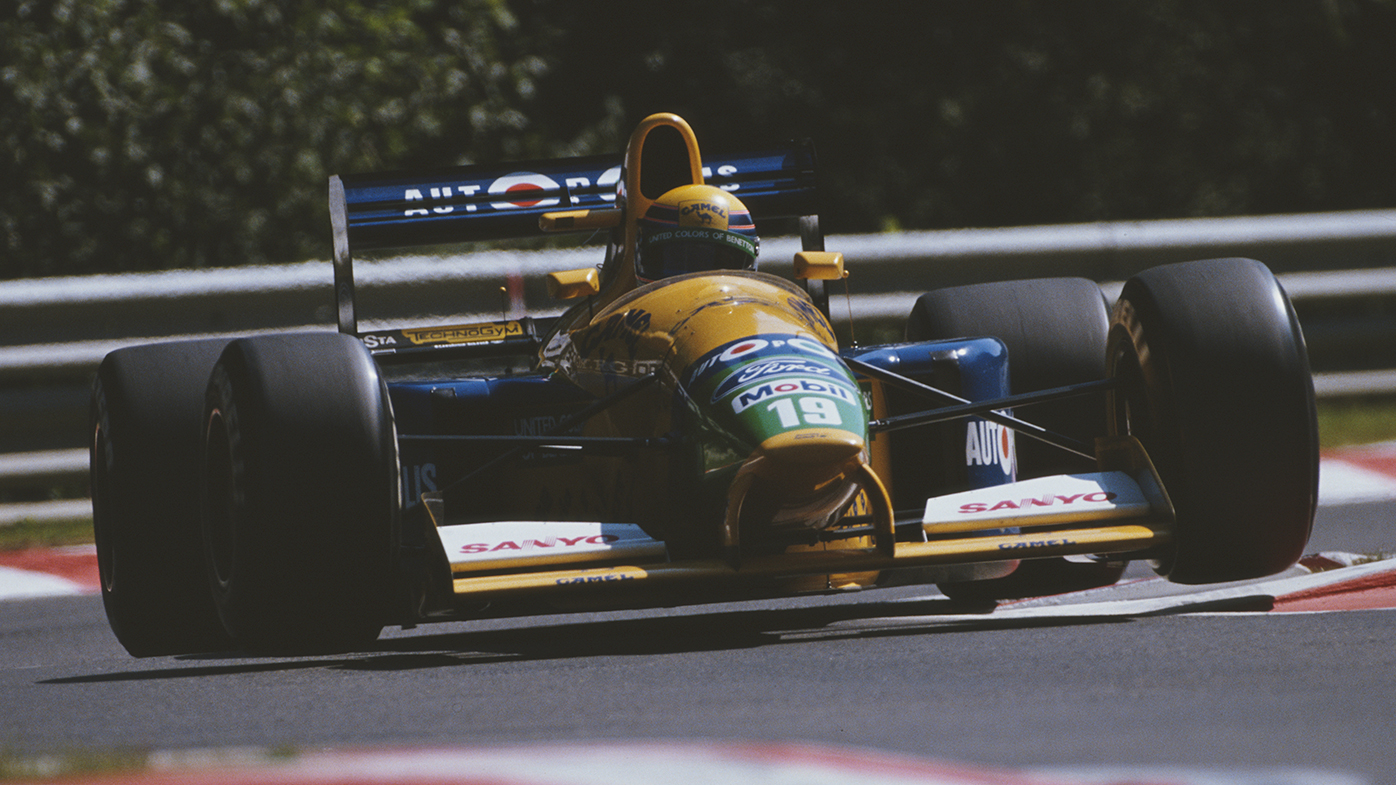
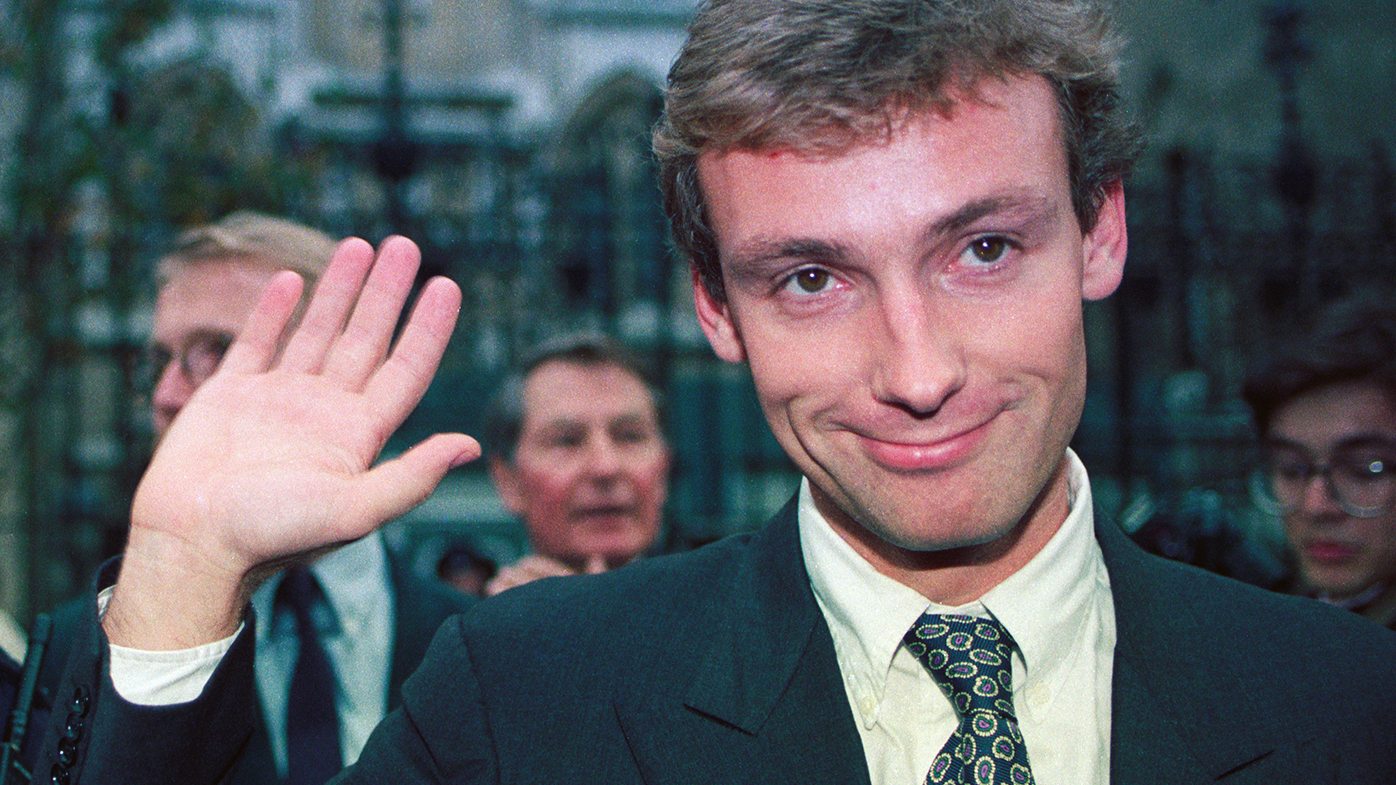
Leave a Reply
You must be logged in to post a comment.